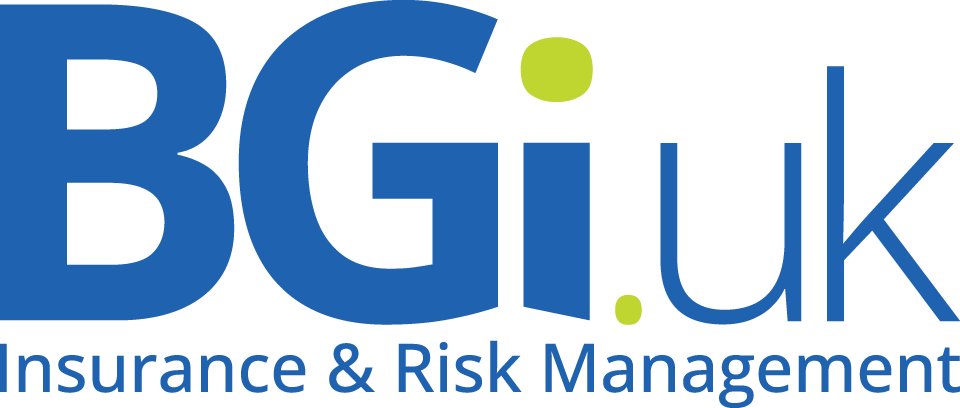What is the Insurance Act 2015?
A new legal framework affecting every business insurance policy placed, renewed or amended after 12th August 2016.
- Modernises insurance law and aims to make recovery from insurers simpler and fairer in the event of a claim.
- However, these benefits are dependent on the customer making a ‘fair presentation of risk‘.
What are the key concerns for the Customer?
Critical changes for customers centre on the new duty of fair representation:
- The existing obligations of good faith and ensuring accuracy of material information both remain.
- The Act, however specifies what a customer must do for a presentation to count as fair.
There are two key elements:
‘Reasonable Search’ a new obligation which will vary based on business circumstances.
- The customer must make adequate enquiries within their business to identify and verify information relevant to the risk(s) concerned.
- These must include all relevant knowledge of the ‘senior management’ of the business and those involved in buying the insurance (including the broker).
- Reasonable enquiries must also be made of any relevant third parties involved with the business, including external consultants, contractors and anyone insured by the policy.
‘Clear and accessible’ presentation of risk information.
- This addresses the clarity of presentation and how able insurers are to assess the risk. ‘Data dumping’ of large amounts of information without signposting is unacceptable.
- There is also an additional requirement to adequately highlight unusual activities and/or known areas of concern that could affect the risk.
What do businesses need to do differently?
From the 12th August 2016 businesses will be required to ensure that their underlying procedures for buying insurance are compliant with the Act.
Six key steps can help achieve this goal:
- Ensure clear understanding, wherever possible, of the risks being insured (which determine what information is relevant).
- Document the process of compiling and checking risk information, recording any concerns or shortcomings.
- Develop draft answers to the key definitions in the Act to ensure search is broad enough:
- Who counts as ‘senior management’?
- Who is ‘responsible’ for insurance in the business?
- Who else has relevant information (whether internal or external)?
- Clarify sign-off requirements and what is expected at each stage.
- Engage with your brokers and insurers to understand requirements and whether any ‘contracting out’ applies, involving other specialist advisers where required.
- Start the process early enough to accommodate the additional checks required and to ensure that all information is presented clearly.
How to find out more
Heavily summarised here, the new requirements contain a lot of detail and practical challenges to achieve compliance.
Please contact BGi.uk on 01367 246130 or email info@bgi.uk.com for more information.
Source:
The British Insurance Brokers’ Association BIBA is the UK’s leading general insurance intermediary organisation www.biba.org.uk
Mactavish is the UK’s leading expert on insurance governance and insurance act compliance – see www.mactavishgroup.com or write to mail@mactavishgroup.com




